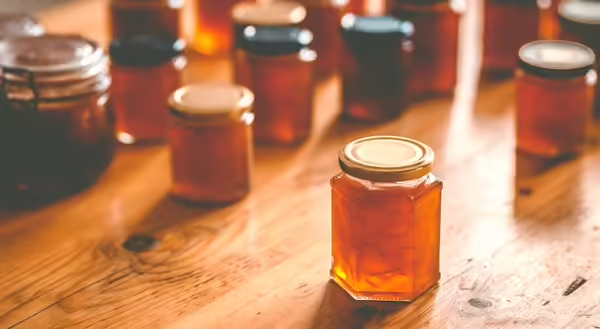
Now that gardens are being planted, it’s my turn to plant this important seed: how you are going to use the bountiful harvest so that it doesn’t go to waste? Canning is one way to preserve your food, but if that always seemed too overwhelming and time-consuming, maybe you haven’t yet explored the steam canner.
An atmospheric steam canner has a shallow base and a tall domed lid. Jars of food sit on a rack in the base, just above boiling water. They are covered by the domed lid, which has vent holes where steam vents during the canning process. Like a boiling water bath canner, a steam canner allows you to process naturally acidic or acidified foods but in less total time. Steam canners use only about 2-quarts of water, versus approximately 16-quarts of water in a boiling water bath canner. This means steam canners boil water faster, significantly cutting down the time it takes to preheat the canner.
A steam canner is nothing new; it was developed in the 1920’s. However, there hadn’t been enough research to support the safe use of a steam canner, until now. Thanks to research from the University of Wisconsin-Madison, steam canners are now deemed a safe preservation method when used properly. Most foods that can be prepared in a boiling water bath canner, such as jams and jellies, fruits, pickles and pickled products, fermented foods, and tomatoes and tomato products, can also be prepared in steam canner, unless it is processed for longer than 45 minutes. Processing for longer than 45 minutes could result in the canner boiling dry. Once the warm jars of food are placed in the steam canner, increase the stovetop heat to high and vent for one full minute before starting the processing time. (Steam should be continuously flowing from the vent holes). Use only tested recipes using the same processing time as for a boiling water bath canner. Never use a steam canner to process low-acid foods, such as vegetables, meats, poultry, fish, seafood, broth and dried beans; these must be processed in a pressure canner!
Processing home-canned food to be stored in the pantry is a must. The canning process is what removes oxygen, destroys enzymes and prevents the growth of bacteria, yeasts, and molds.
To learn more about using boiling water bath, steam and pressure canners register for the free “Fill Your Pantry: Canning with Confidence” webinars happening this June at go.illinois.edu/FillYourPantry.
Resources:
Ingham, B. Steam Can It Right! Guidelines for Safely Using a Steam Canner for Home Food Preservation. FN2065 (October 2022).
ABOUT THE AUTHOR: Jenna Smith is a Nutrition and Wellness Educator with University of Illinois Extension, serving Livingston, McLean, and Woodford Counties. Smith uses her experience as a registered dietitian nutritionist to deliver impactful information and cutting-edge programs to Livingston, McLean, and Woodford Counties and beyond.